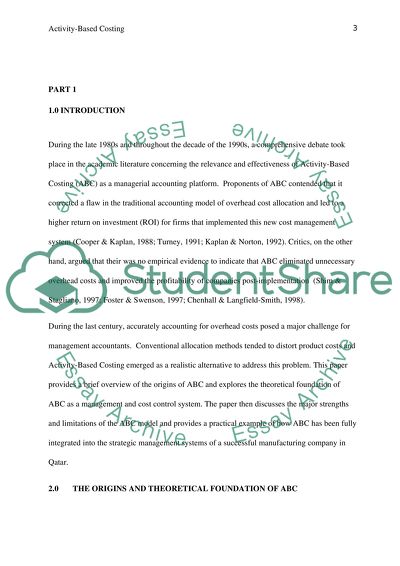Cite this document
(Activity-Based Costing: A Strategic Approach to Cost Management Term Paper, n.d.)
Activity-Based Costing: A Strategic Approach to Cost Management Term Paper. Retrieved from https://studentshare.org/finance-accounting/1569850-accounting-and-finance-for-managers
Activity-Based Costing: A Strategic Approach to Cost Management Term Paper. Retrieved from https://studentshare.org/finance-accounting/1569850-accounting-and-finance-for-managers
(Activity-Based Costing: A Strategic Approach to Cost Management Term Paper)
Activity-Based Costing: A Strategic Approach to Cost Management Term Paper. https://studentshare.org/finance-accounting/1569850-accounting-and-finance-for-managers.
Activity-Based Costing: A Strategic Approach to Cost Management Term Paper. https://studentshare.org/finance-accounting/1569850-accounting-and-finance-for-managers.
“Activity-Based Costing: A Strategic Approach to Cost Management Term Paper”, n.d. https://studentshare.org/finance-accounting/1569850-accounting-and-finance-for-managers.


